Our skin tends to hold more moisture during spring and summer, than it does in the colder months (hence the dryness and flakiness). But what does that mean for hydration? You thought they were one and the same, didn't you?
While hydration and moisture may sound like the same thing, skin expert Yadira Cauchi tells us that isn’t the case. And while the two terms are often mistaken and used interchangeably, there are differences between them, and knowing those differences will help you figure out exactly what your skin needs.
Let’s break it down.
What Is Hydration?
“Hydrating ingredients literally add hydration— or water—into the skin,” Yadira explains. This makes it an essential ingredient in your routine for skin types that are lacking water (i.e. dehydrated skin types!)
Humectants are a brilliant option for dehydrated skin for this very reason. They’re supreme hydrators that are able to draw water into the skin. Hyaluronic acid and glycerin are two stellar examples of humectants that can help replenish your skin with water.
Hyaluronic Acid Serum A hydrating serum packed with peptides, provitamin B5 and hyaluronic acid to expertly quench and plump your skin. Replenish dry skin with Much Plumper Skin now.Much Plumper Skin
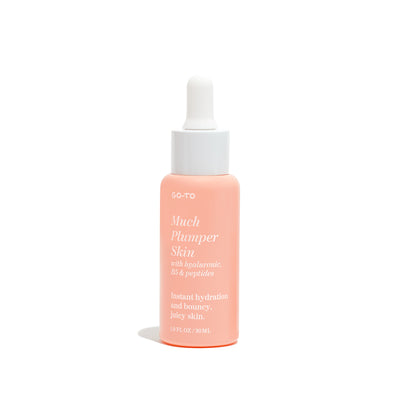
What Is Moisture?
“Moisturising ingredients then help lock hydration in the skin,” notes Yadira. “[It does this] by preventing trans-epidermal water loss (TEWL) which is essentially the process where water evaporates from the skin.”
Moisture is the final layer in your skincare sandwich. Occlusives tend to be great at locking moisture in the skin because they go on as the final step and ensure that all the lovely layers that went on prior can't escape.
What Do You Need?
Glass of vino? Sweet treat? Grab both and let’s carry on.
Ideally your routine will be made up of a combination of both hydration and moisture, Yadira tells us, noting that striking the correct balance will very much come down to your skin type and current skin concerns.
“Oily skin types, for example, may actually break out if too many occlusives are used,” Yadira says. This could mean you’ll benefit from having predominantly lighter textures in your routine, but it’s important that you don’t just skip moisture altogether, as Yadira reminds us: “We all need both.”






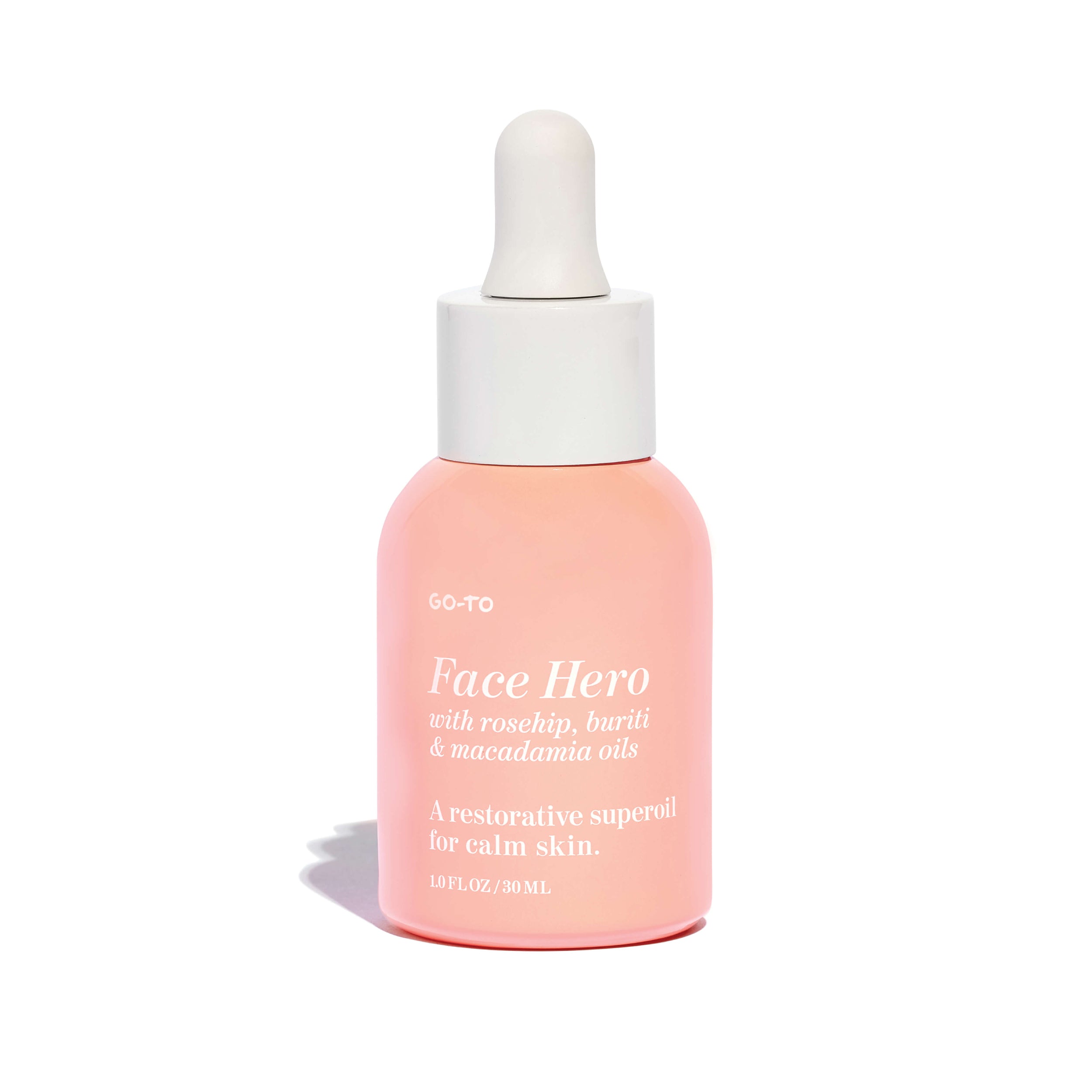







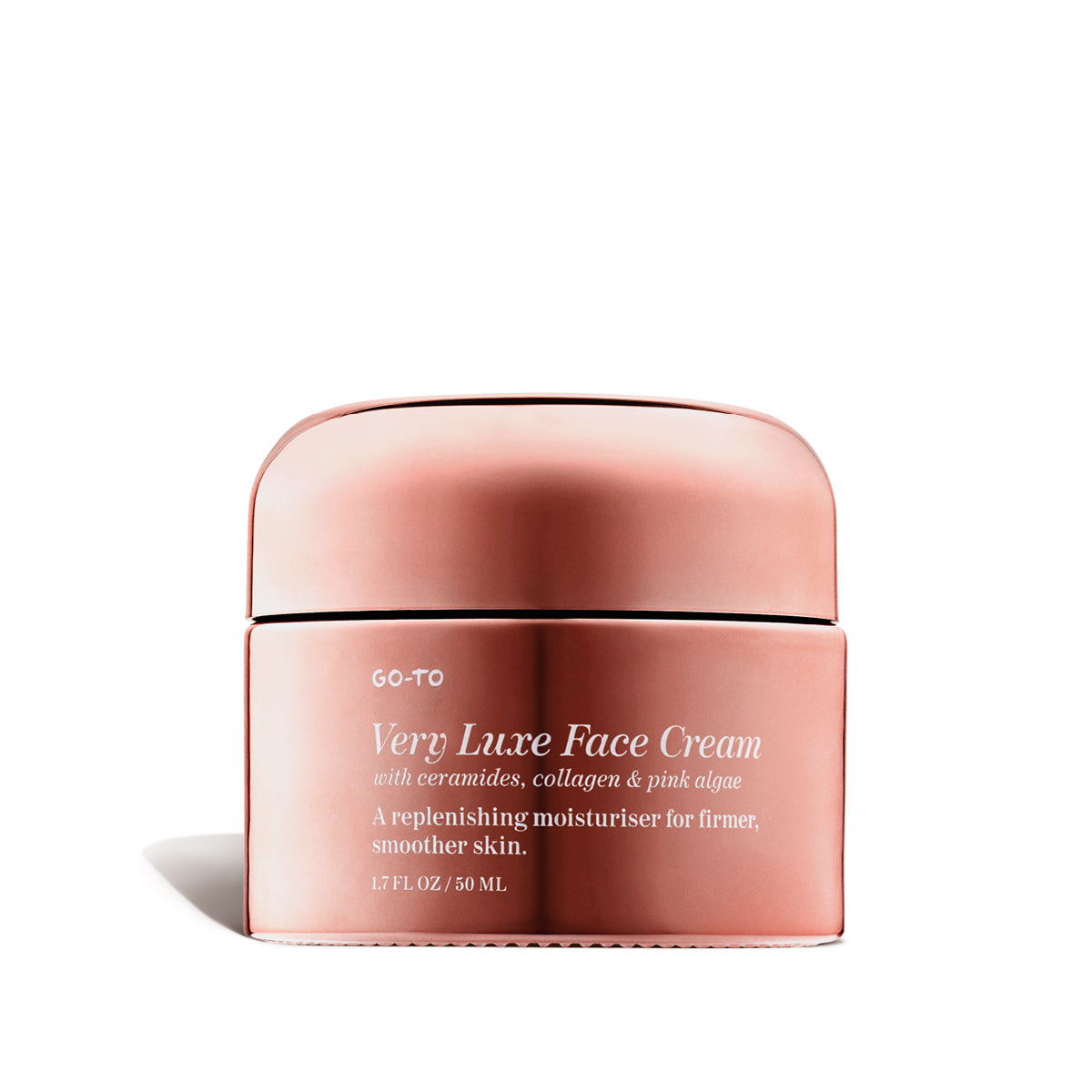
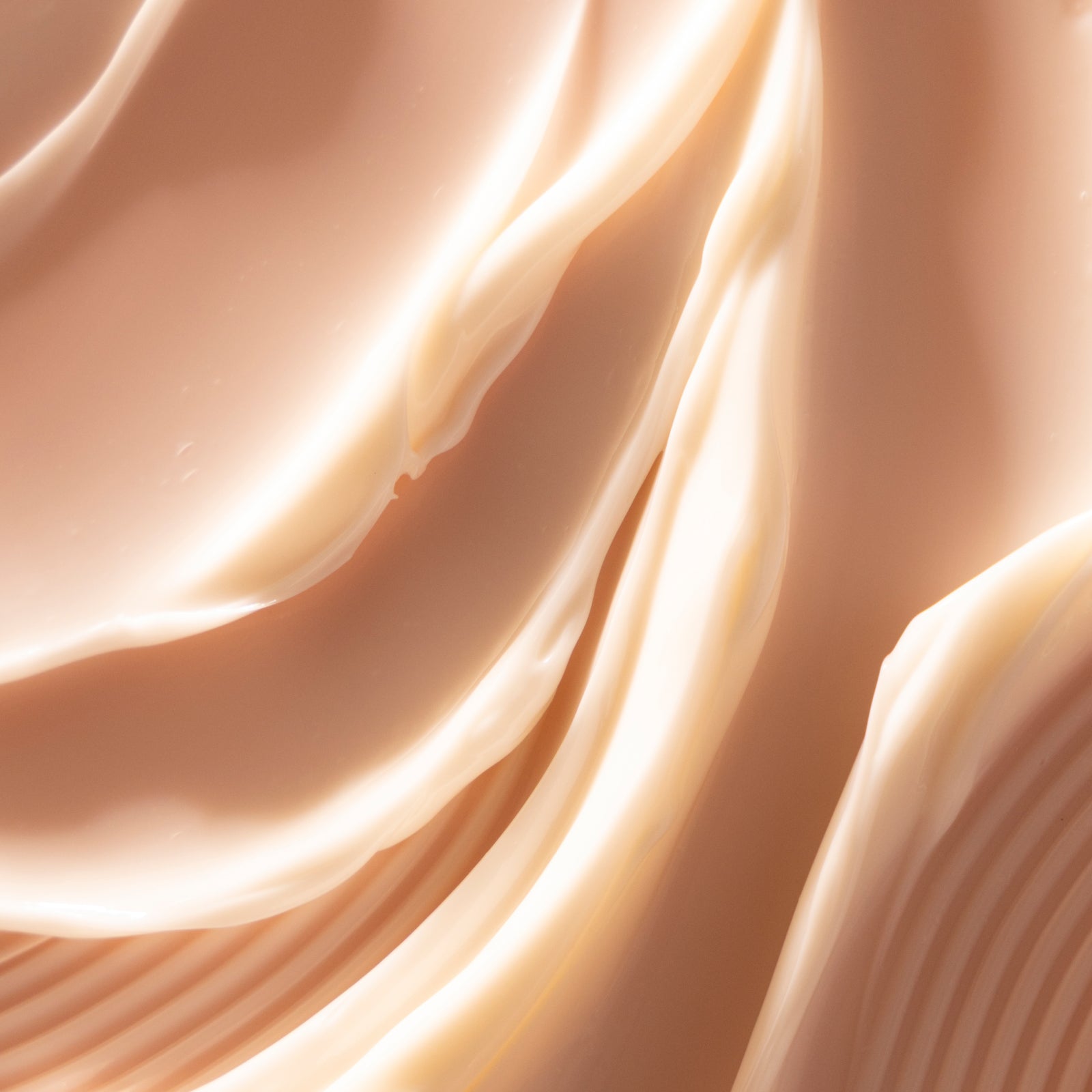
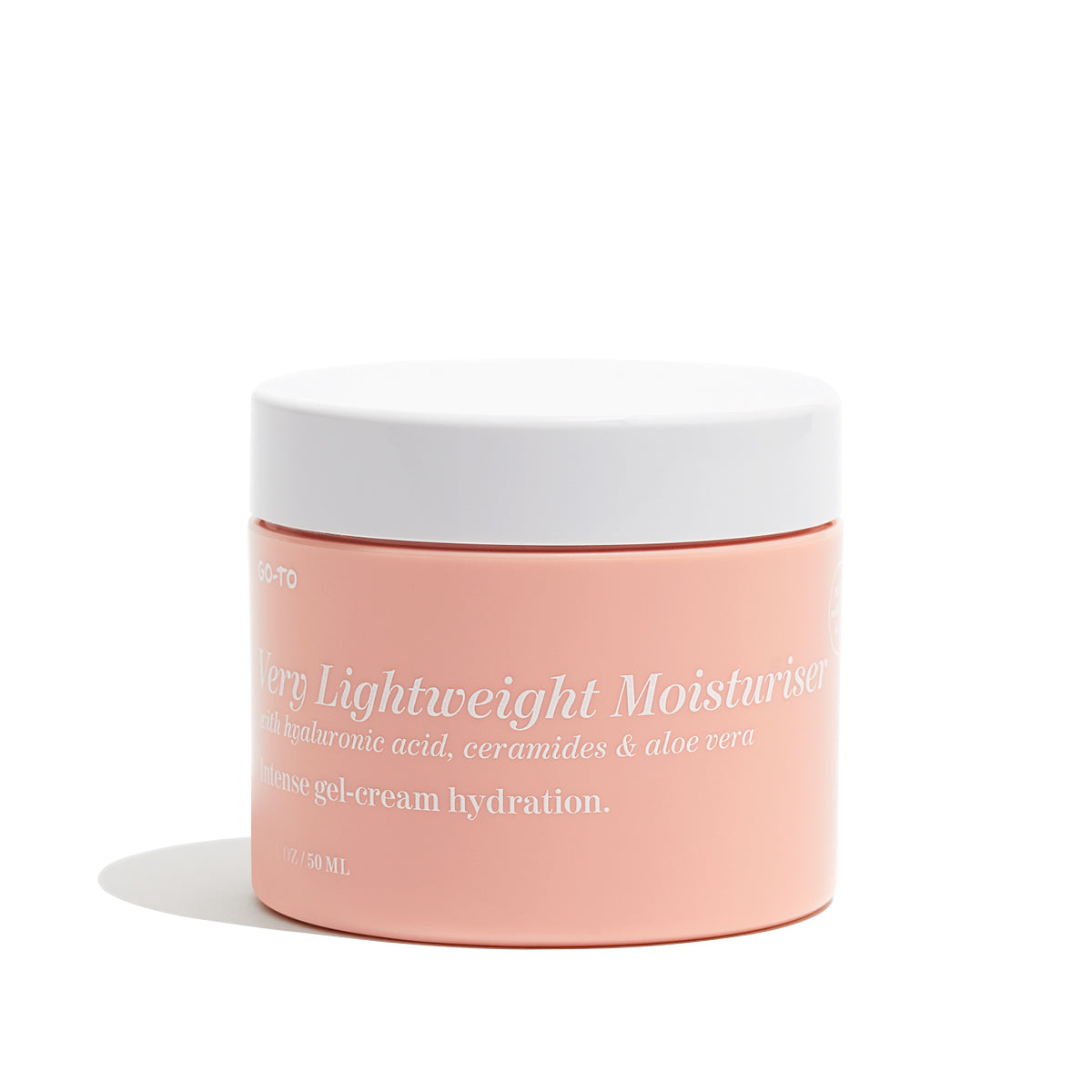
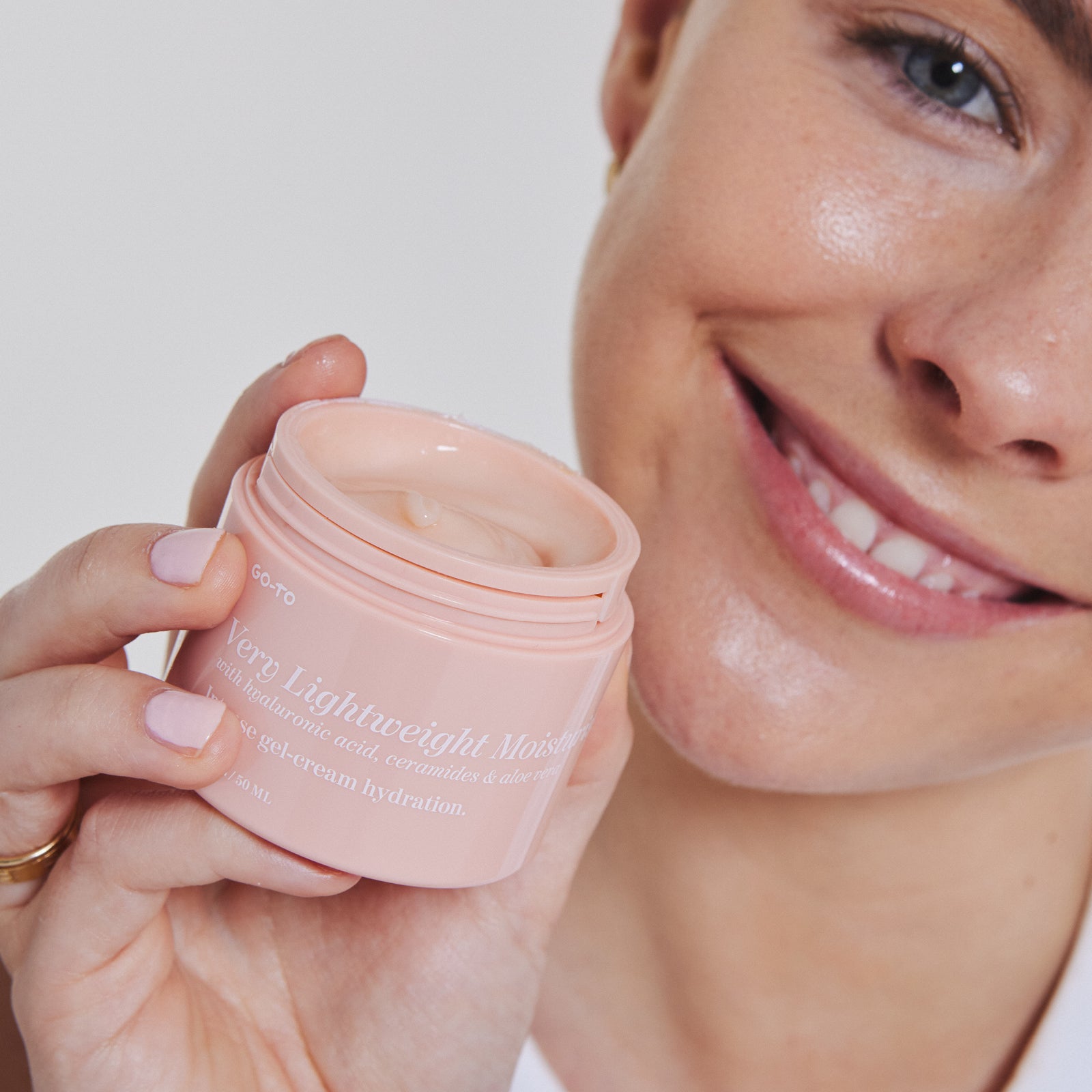
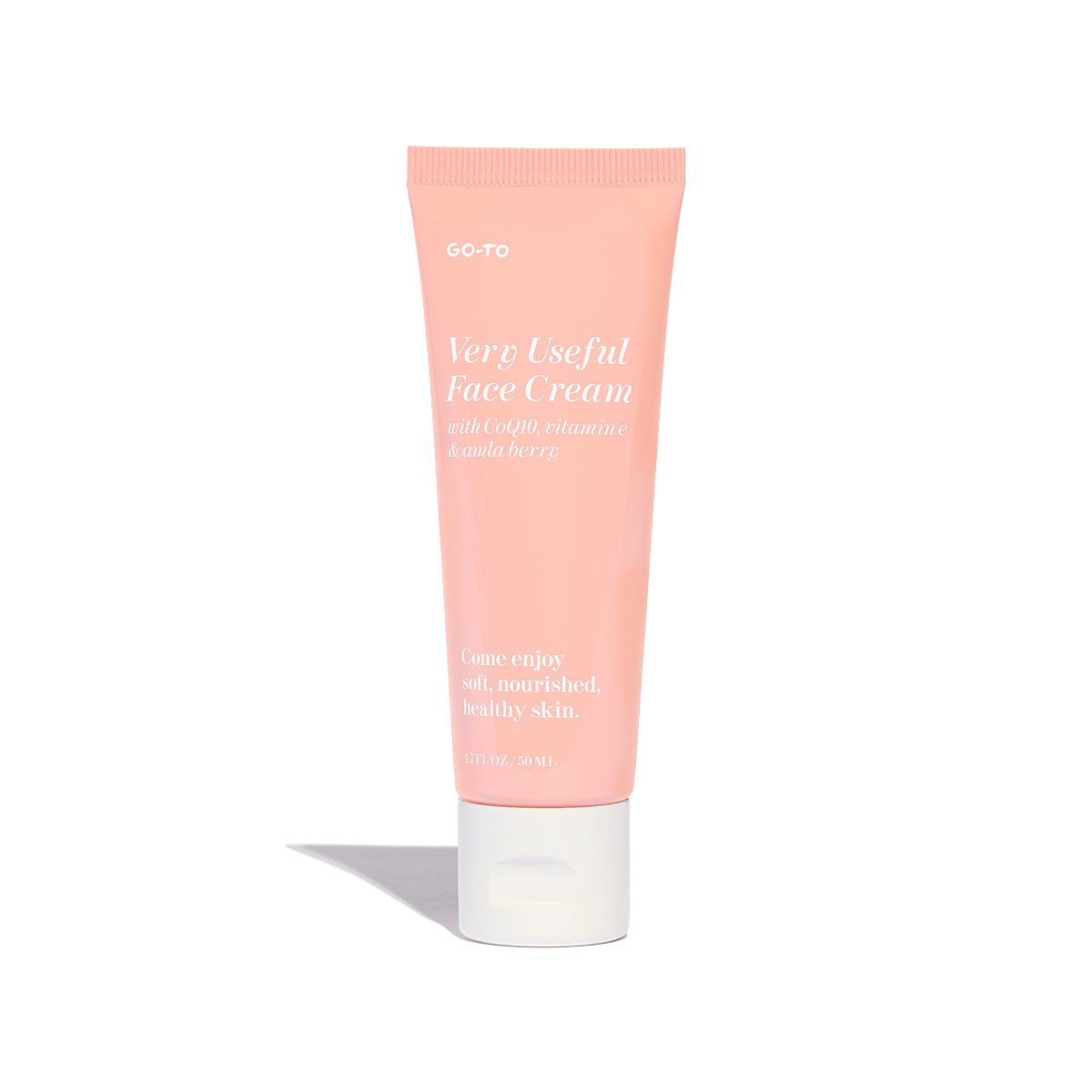



Comments